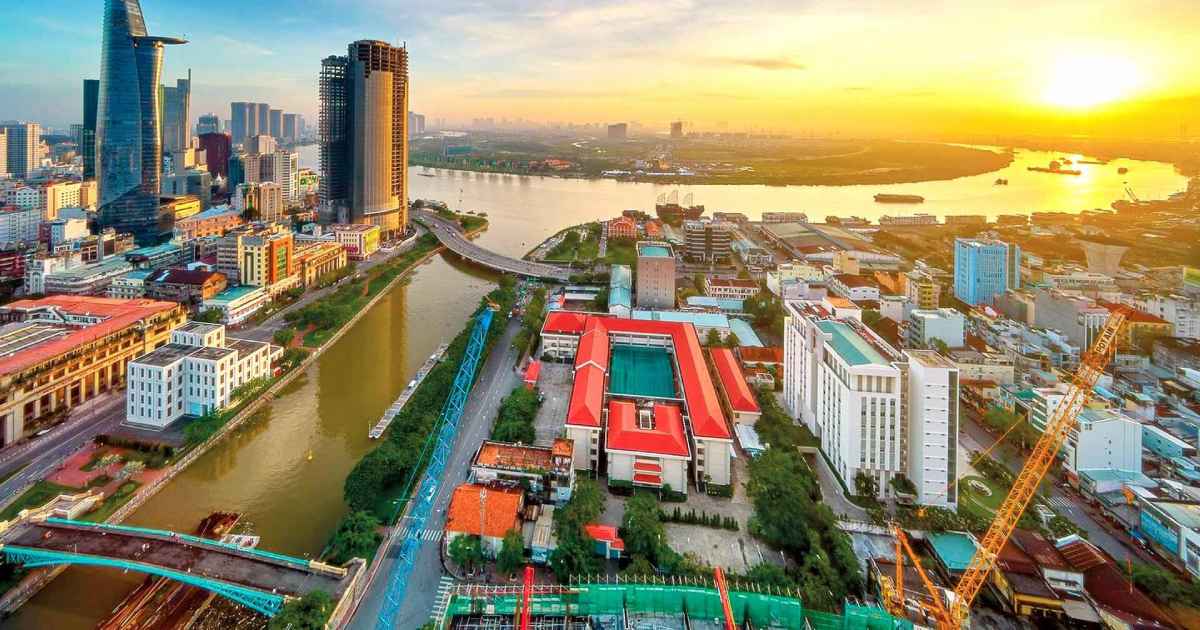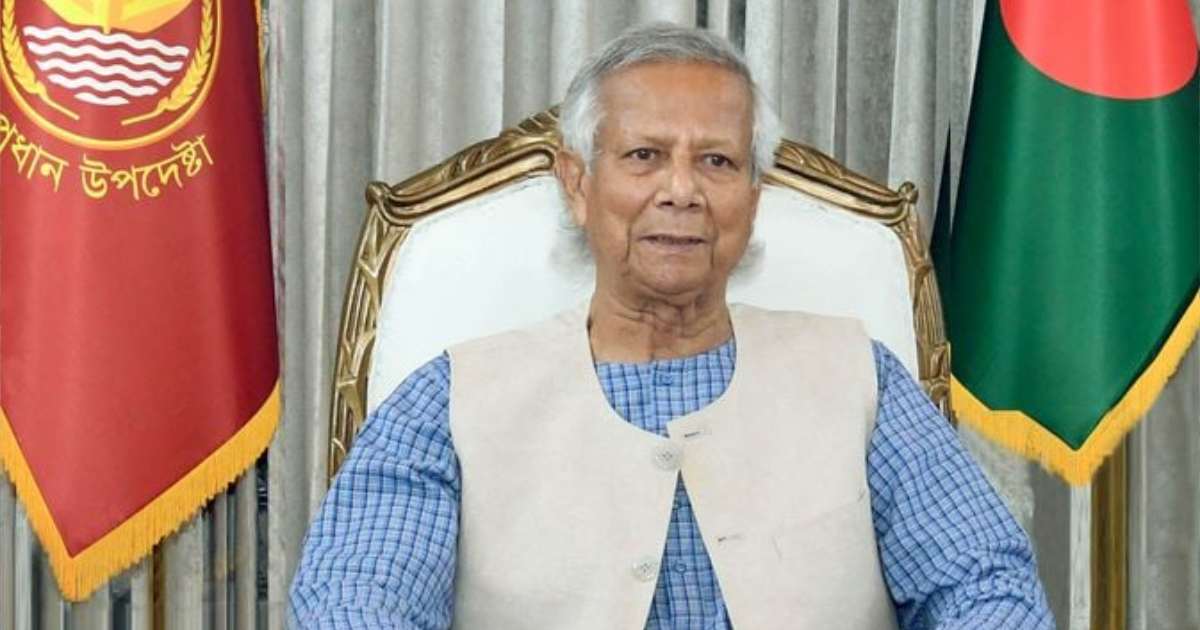Economy
Vietnam economy expands 6.4% in first half of year

Vietnam’s economy grew by more than six percent in the first half of 2024, government figures showed Saturday, as analysts said more reforms are needed to further boost the economy.
The global manufacturing hub saw an expansion of 6.4 percent in January-June, compared to 3.7 percent over the same period of 2023, the General Statistics Office (GSO) said in a statement.
The upswing was the result of “several measures” taken to improve supply chains, the foreign exchange market and public investment, the GSO said.
Industrial production was up 7.5 percent, while foreign investment increased by 8.2 percent compared to the same period last year, the new figures showed.
To maintain and promote growth, the government needs to focus on the key sectors of manufacturing and processing, logistics and hospitality, VPBank Securities analyst Duong Thien Chi said.
Policymakers should also take into account “unmeasurable variables” such as the US Federal Reserve’s moves on interest rate reduction, Duong told AFP.
The United States was Vietnam’s largest export market in the first six months of 2024.
The Southeast Asian nation earned $190 billion from exports over that period, up by 14.5 percent year on year.
Despite such improvement, an International Monetary Fund analyst said Vietnam “needs a new wave of reforms” following a visit to the country late June.
“Increasing productivity, further investing in human and physical capital, and incentivising private investment in renewable energy is key,” said the IMF’s Paulo Medas.
Vietnam is targeting growth of between six and 6.5 percent this year, up on the 5.05 percent seen in 2023.

Economy
Remittances Top $2bn in First 28 Days of September

Expatriate Bangladeshis sent approximately US$ 2.11 billion in remittances during the first 28 days of September in the fiscal year 2024-25, according to data released by Bangladesh Bank on 29 September.
Of this total, state-owned and specialised banks handled $679.10 million, while private banks received $1.43 billion in remittances.
Economy
Yunus Pledges Swift Reforms and Election in Bangladesh’s Interim Govt

Chief Adviser to Bangladesh’s interim government, Professor Muhammad Yunus, has vowed to expedite reforms and hold elections swiftly. Yunus, who recently assumed the role after the collapse of Prime Minister Sheikh Hasina’s 15-year administration, expressed his commitment during an interview with Tokyo-based news outlet NHK WORLD in New York on Sunday. He was attending the United Nations General Assembly at the time.
Following mass student-led protests that ended Hasina’s long-standing rule in August, Yunus stepped in as the leader of the caretaker government. Known for founding Grameen Bank, an institution providing microloans to the underprivileged, Yunus, along with the bank, earned the Nobel Peace Prize in 2006 for his efforts in poverty alleviation.
During the interview, Yunus emphasized that the interim government’s primary mission is to implement reforms promptly and ensure elections are held as soon as the groundwork is complete. He underscored the importance of success, stating, “Failure is not something that we can accept.”
Addressing the pivotal role of students in the ousting of the Hasina administration, Yunus acknowledged the sacrifices made by young people, referring to their involvement as part of a “revolution.” He highlighted his intention to engage the younger generation in shaping policy.
Furthermore, Yunus called for continued support from Japan, Bangladesh’s largest donor, during this crucial transition period. He stressed that Japan’s assistance is vital to stabilizing Bangladesh’s economy and fostering a democratic foundation in the nation.
Economy
Polythene Bags to Be Phased Out, Says Environment Adviser Rizwana Hasan

Syeda Rizwana Hasan, the Adviser for Environment, Forests, and Climate Change, announced today that steps will be taken to restrict the use of polythene shopping bags to safeguard future generations.
Starting from October 1, polythene bags will be banned in shopping malls, followed by a ban in kitchen markets from November 1.
“Everyone must take responsibility and stop using polythene voluntarily. Action against polythene producers will begin from November 1,” Rizwana Hasan stated during a seminar.
The Department of Environment (DoE) organized the seminar to raise public awareness about alternatives to banned polythene bags.
Rizwana Hasan highlighted that the restriction on polythene will be executed in phases according to legal provisions, and discussions with shopping centers and store owners are ongoing to ensure a smooth transition.
She also announced plans to make the government secretariat a plastic-free zone by December.
Other speakers at the seminar included Environment Secretary Dr. Farhina Ahmed, DoE Director General Dr. Abdul Hamid, Director Rajinara Begum, President of the Shop Owners Association Muhammad Helal Uddin, and Md. Arifur Rahman Bhuiyan, Assistant Professor of Environmental Science at BUP. They discussed the harmful effects of polythene and the need for alternative products.
Earlier, Rizwana Hasan inaugurated a fair showcasing eco-friendly alternatives to polythene bags and visited 24 stalls. The fair featured products from government and private entrepreneurs, including reusable bags, jute bags, paper bags, and items made from bamboo and cane.

